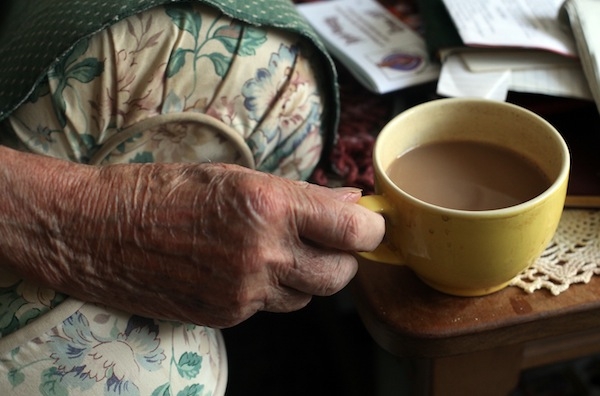Imagine in later years being able to move to your ideal village, a bespoke village, which has everything you want for a great quality of life. So, just a stone’s throw from your front door, there’s a swimming pool, gym, top-class restaurants, hairdresser, golf course, cinema, green spaces and a 24-hour concierge service.
Your typical UK retirement village may not be able to offer this complete list of attractions just yet, but some already come close. This is one reason why retirement villages in the UK have seen a boom in popularity in recent years. Yet, all this can come at some considerable financial cost. So are retirement properties really everything they promise? We look at some of the pros and cons of village life.
What is a retirement village?
A typical village is a type of custom-built retirement housing development for people aged over 55, although the minimum age can be older. The housing development will usually offer a range of properties: one and two-bedroom apartments, bungalows, that sort of thing.

Britain’s best politics newsletters
You get two free articles each week when you sign up to The Spectator’s emails.
Already a subscriber? Log in






Comments
Join the debate, free for a month
Be part of the conversation with other Spectator readers by getting your first month free.
UNLOCK ACCESS Try a month freeAlready a subscriber? Log in